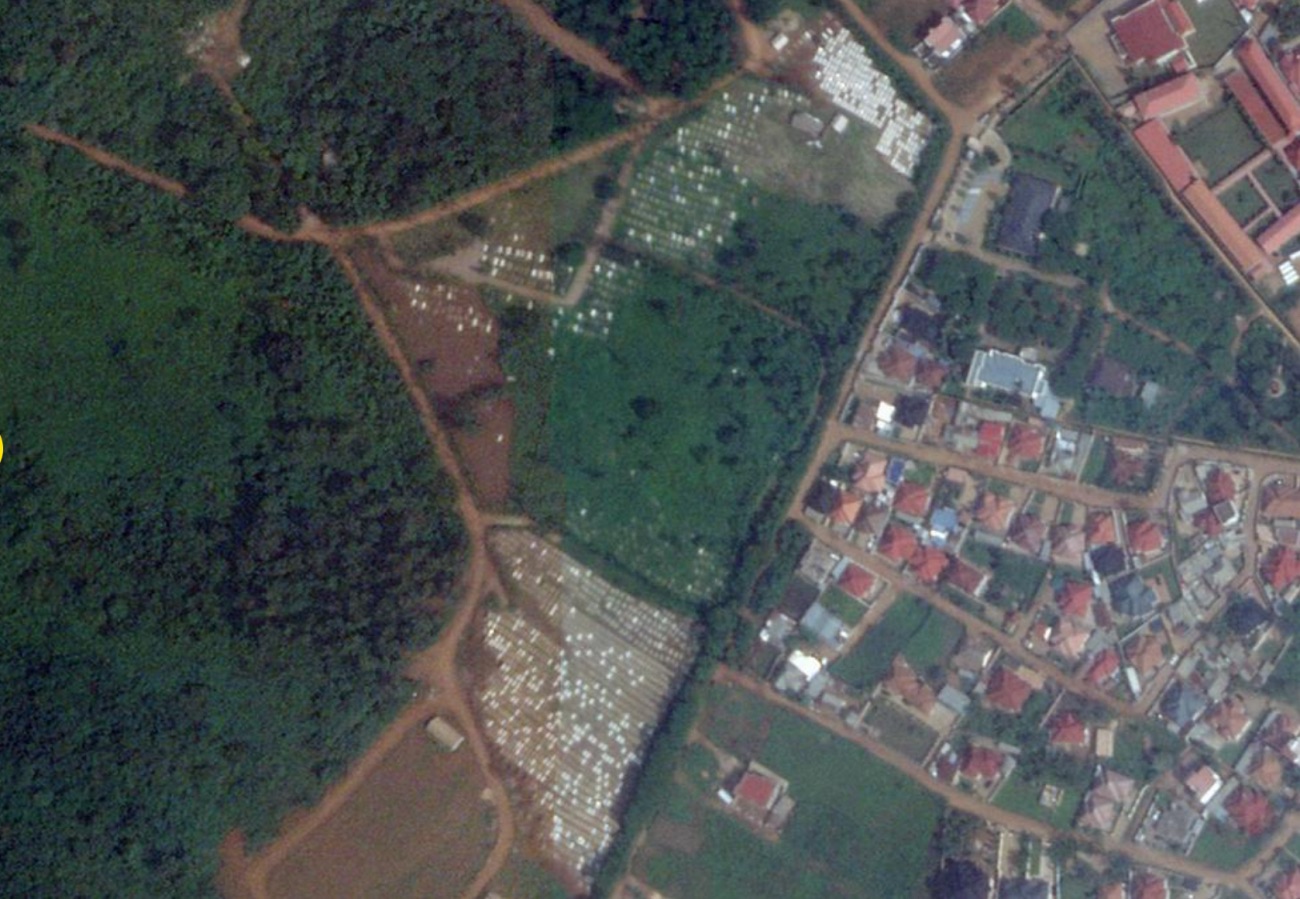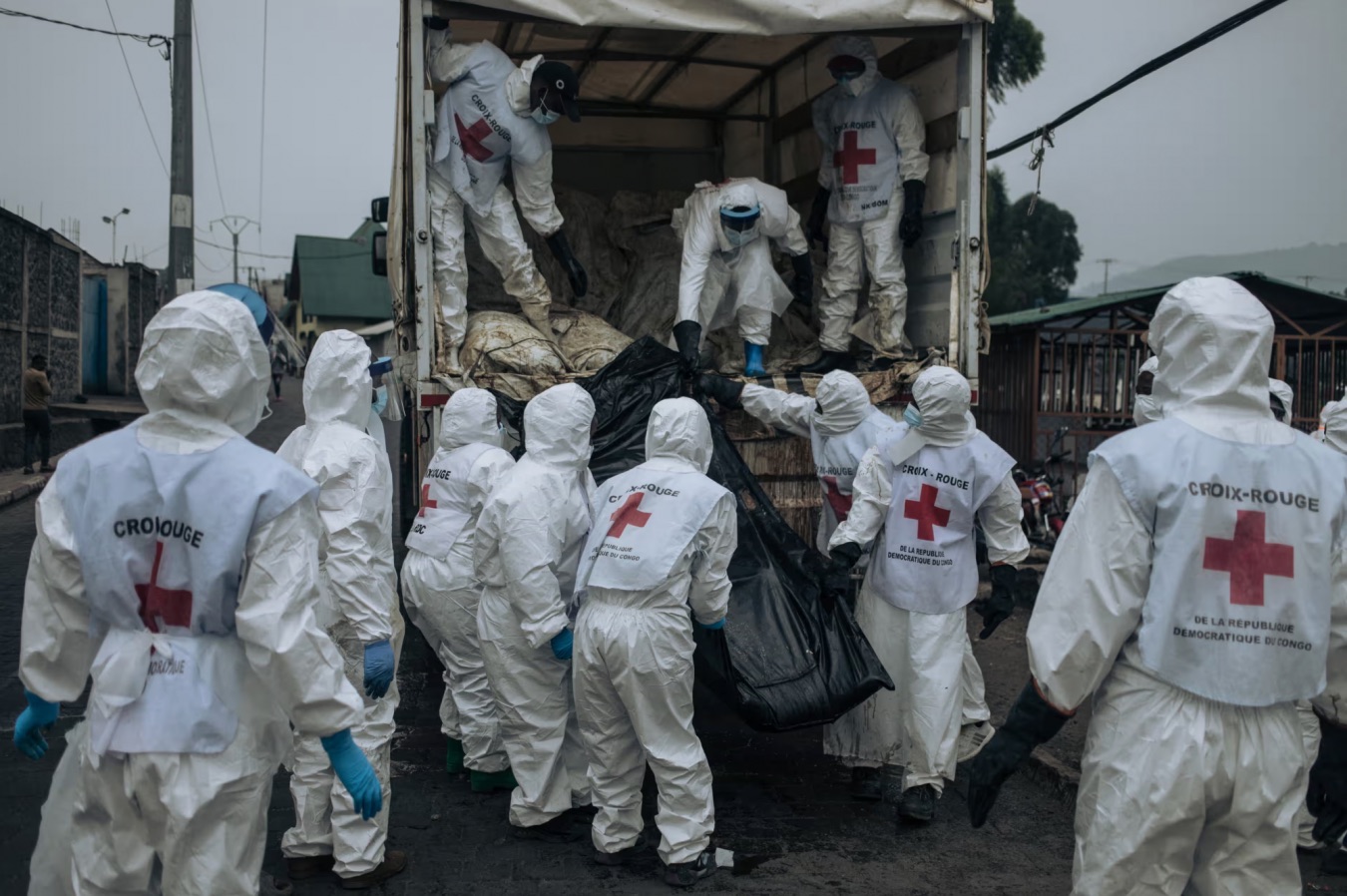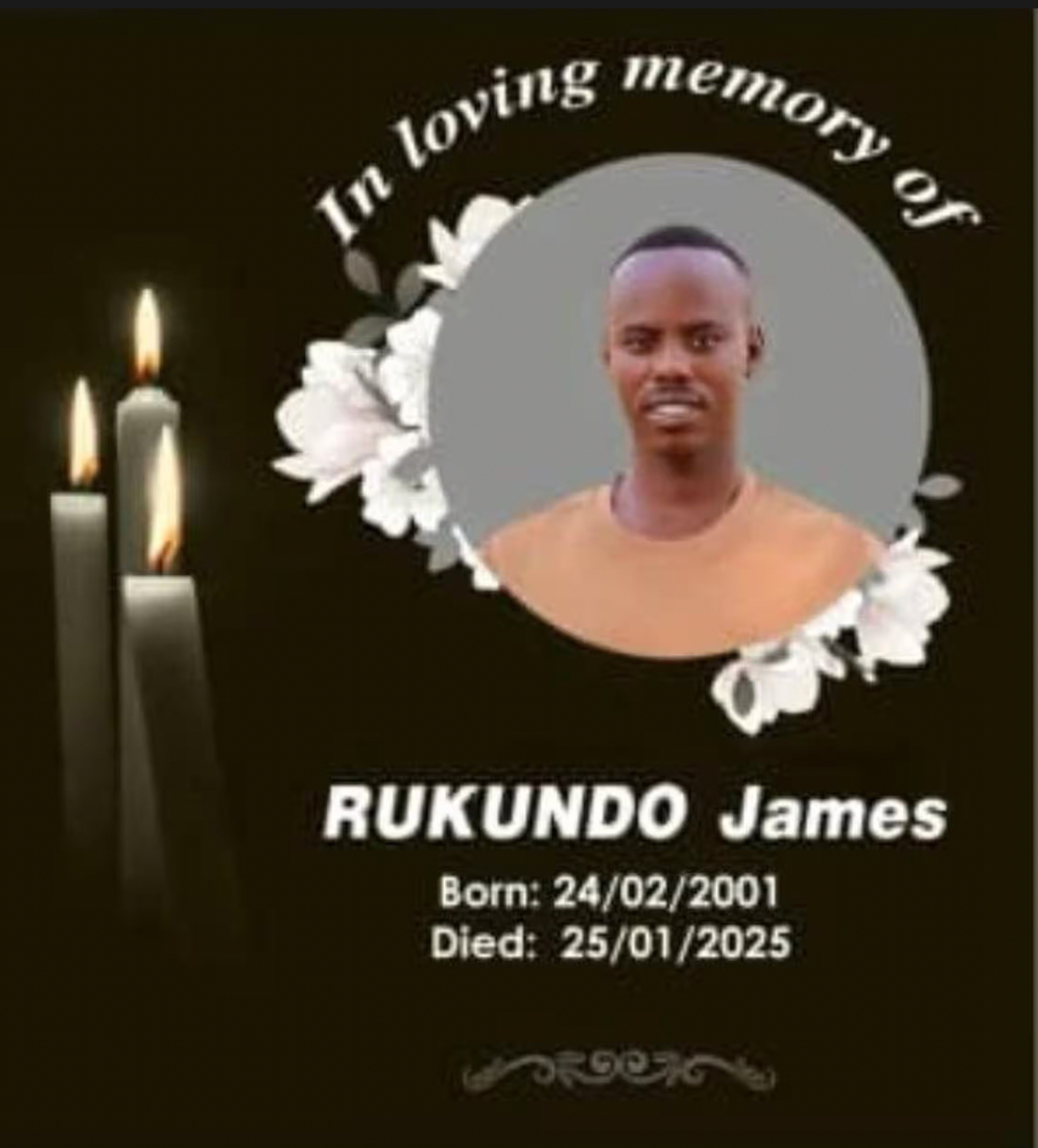KIGALI, Rwanda — Rwanda’s long-standing denial of military involvement in the Democratic Republic of the Congo, DRC, is facing growing scrutiny as evidence emerges of significant Rwandan troop casualties in the region.
Intelligence, diplomatic, and military sources indicate that hundreds—possibly thousands—of Rwandan soldiers have died in covert operations supporting the M23 rebel group.
Satellite imagery of Kanombe Military Cemetery in Kigali suggests that at least 600 new graves have been dug since the conflict escalated.
Further reports suggest that many soldiers have been secretly buried in mass graves in the DRC, particularly when it was impossible to repatriate their bodies across the border.


Mass Graves and Secret Burials
Two senior intelligence officials with direct knowledge of Rwandan Defence Force (RDF) operations suggest that Rwanda’s true losses could be in the thousands, though obtaining a precise figure remains difficult.
One high-ranking source disclosed that some fallen RDF troops were buried in mass graves in the DRC when combat conditions made retrieval impossible.
In such cases, grieving families in Rwanda were reportedly handed empty coffins.
“Not all soldiers that perished in DRC were able to be repatriated, especially in areas under a lot of fire,” the source revealed. “Some were buried in mass graves.”
Evidence of mounting casualties has also surfaced in Kigali’s military hospital, where a newly built wing is now dedicated to handling RDF deaths. Its mortuary is reportedly at full capacity.

Rwanda’s Official Denials
Despite mounting evidence, the Rwandan government continues to deny that its troops are actively engaged in the DRC conflict.
Kigali has repeatedly rejected allegations of supporting M23 rebels, despite extensive reports from UN experts that suggest the RDF maintains “de facto control” over the group.
Last month, M23 forces—reportedly backed by Rwandan troops—captured the strategic city of Goma, capital of North Kivu province.
The rebels now control an area of eastern DRC nearly half the size of Rwanda itself.
The revelations concerning RDF troop deaths come just days before a high-stakes summit in Dar es Salaam, Tanzania, where Rwandan President Paul Kagame and DRC President Félix Tshisekedi are set to discuss the worsening crisis.
Diplomatic observers say that uncovering the true scale of Rwandan troop casualties could be highly damaging for Kagame, further undermining his government’s claims of neutrality.

Funerals Held Under Tight Control
Reports from Rwandan dissidents and grieving families paint a picture of tightly controlled military funerals, often conducted hastily, with no public viewing of bodies.
“There are so many bodies needing to be processed. There is such a queue of families waiting [for burial] that they are only allowed 30 minutes at the graveside,” said Emmanuel Ngabo, a France-based Rwandan activist.
Ngabo also noted that funerals were happening faster than normal, with families receiving little to no information about the deaths of their loved ones.
“The coffins are always closed—either because the soldier is so badly injured or burnt that he is unrecognisable, or because there is nobody inside the box,” he added.
While officers are reportedly repatriated for burial in Kanombe, many lower-ranking soldiers are buried where they fall in the DRC.
A Deadly Phase in the Conflict
The battle for Goma on January 27 was one of the bloodiest phases of the conflict, with UN reports estimating at least 2,900 people killed.
Intelligence sources confirm that RDF casualties have significantly increased due to the DRC army’s improved capabilities, including airpower and drone strikes.
“When you have aircraft dropping bombs on troops, it claims a lot of lives,” a senior military source said, adding that Rwanda has suffered its heaviest losses yet in the past two months.
UN Estimates and Rising Pressure on Rwanda
The UN estimated in December that up to 4,000 Rwandan troops were stationed inside the DRC, but intelligence sources now believe the actual number exceeds 7,000.
Despite Kigali’s denials, mounting evidence suggests direct RDF involvement in combat operations.
Rwandan families approached for comment declined to speak publicly, fearing repercussions.
However, one Rwandan exiled in Europe confirmed speaking to two families who recently lost sons in the fighting.
“It happens really fast. Family friends don’t get to see the deceased, as is normal in our culture,” the source said, adding that some families did not even know their sons had been sent to fight in the DRC until they received the call telling them to go to Kanombe to collect the body.
Kagame’s Acknowledgment of Casualties
While Rwanda has remained silent on specific figures, President Kagame made a rare reference to RDF deaths in his recent end-of-year address, assuring grieving families that their sacrifices “shall never be in vain.”
Diplomatic observers suggest that this subtle admission signals the growing difficulty of concealing the scale of Rwandan casualties.
With the conflict escalating and diplomatic pressure mounting, Kigali may soon be forced to publicly reckon with its role in the DRC—whether voluntarily or under international scrutiny.
The Rwandan government has yet to respond to the latest reports.







